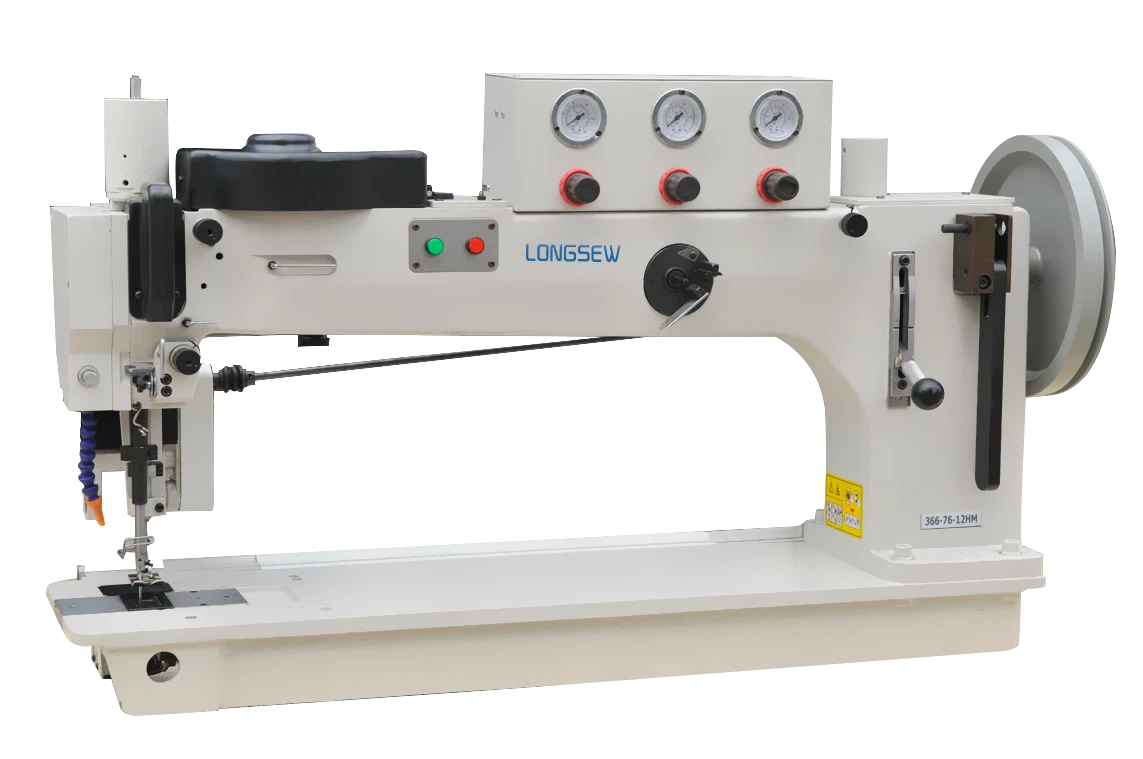leather needle sewing
The Art of Leather Needle Sewing A Timeless Craft
Leatherworking is an ancient art, intertwining functionality with aesthetics. One of the most critical components of this craft is sewing, particularly when it comes to using the right needle and thread. Leather needle sewing is not just a technique; it is an art form that has been perfected over generations, enabling artisans to create durable and beautiful leather goods.
Understanding Leather and Its Properties
Before delving into the specifics of leather needle sewing, it’s important to understand leather itself. Leather is a versatile material hailed for its durability, flexibility, and classic appeal. It is made from the hides of animals, typically cattle, and can be treated in various ways to achieve different textures and finishes. When sewing leather, understanding its properties is crucial. Leather can stretch, compress, and sometimes resist stitching, making the choice of needle and thread pivotal to achieving high-quality results.
Choosing the Right Needle
When it comes to sewing leather, not just any needle will do. Leather needles have a unique design that features a sharp triangular point; this allows the needle to pierce through tough leather fibers effortlessly. Among the various types of needles suited for leatherwork, tapered needles are also popular as they make for neat stitching while reducing the risk of damaging the material.
Thread Selection
Selecting the right thread is just as essential as choosing the right needle. Threads for leather sewing typically fall into two categories polyester and nylon. Polyester thread is favored for its strength and resistance to fading, while nylon offers excellent durability and flexibility. Additionally, thickness matters; heavier threads can provide greater durability but might require larger needles and more effort to sew, while finer threads can create more delicate, intricate designs.
Techniques for Leather Needle Sewing
The techniques for leather sewing can vary significantly from traditional fabric sewing. One of the most common techniques is saddle stitching, renowned for its strength and durability. This technique employs two needles and a single thread, creating a locked stitch that prevents unraveling. Saddle stitching is time-consuming but yields exceptionally strong seams.
Another popular method is the backstitch, which involves stitching backward at the start and end of each seam to secure the stitches. This is particularly useful for reinforcing areas that will undergo frequent stress, such as bag handles or wallet edges.
leather needle sewing

Tips for Successful Leather Sewing
1. Prepare Your Leather Always start with clean, well-cut pieces of leather. This can make the sewing process smoother and ensure clean seams.
2. Mark Your Stitching Line Use a pencil or a special leather pen to mark where you will sew. This can help maintain straight lines.
3. Use a Stitching Awl Before sewing, use a stitching awl to create holes for your needle. This not only makes sewing easier but ensures even spacing.
4. Maintain Tension While sewing, maintain consistent tension on your thread. This will ensure that your stitches are even and tight, providing a clean finish.
5. Finish Edges After sewing, finish the edges of your leather for a polished look. Techniques such as edge burnishing or using edge paint can significantly enhance the overall aesthetic and durability of your leather items.
The Timeless Appeal of Leather Sewing
Leather needle sewing is more than just a practical skill; it is a homage to a craft that has stood the test of time. Leather goods, from wallets and belts to bags and shoes, carry a rustic charm and a sense of nostalgia that synthetic materials cannot replicate. Each handmade item tells a story, showcasing the craftsmanship and care put into its creation.
As we continue to move towards a more industrialized world, the appreciation for handcrafted items, especially those made with leather, remains strong. Learning leather needle sewing not only connects individuals with a long-standing tradition but also enables them to create personalized, durable items that can be cherished for generations.
Conclusion
Whether you are an experienced leatherworker or a novice eager to explore, the art of leather needle sewing offers endless creative possibilities. With the right tools and techniques, anyone can embark on their leatherworking journey, contributing to the rich tapestry of this timeless craft. As you stitch your pieces together, remember that each needle will carry a legacy of craftsmanship, creativity, and tradition.
-
Boost Production Efficiency with a Pattern Sewing MachineNewsAug.29,2025
-
Industrial Excellence with the Best Heavy Duty Sewing MachineNewsAug.29,2025
-
Precision and Power with the Best Pattern Sewing MachineNewsAug.29,2025
-
Reliable Bulk Packaging Starts With the Right FIBC Sewing MachineNewsAug.29,2025
-
Advanced Packaging Solutions: Elevate Productivity with Jumbo Bag Sewing Machine and Industrial Stitching EquipmentNewsAug.29,2025
-
High-Performance Solutions for Bulk Packaging: FIBC Sewing Machine and MoreNewsAug.29,2025
-
Maximize Efficiency with an Industrial Cylinder Arm Sewing MachineNewsAug.28,2025


























